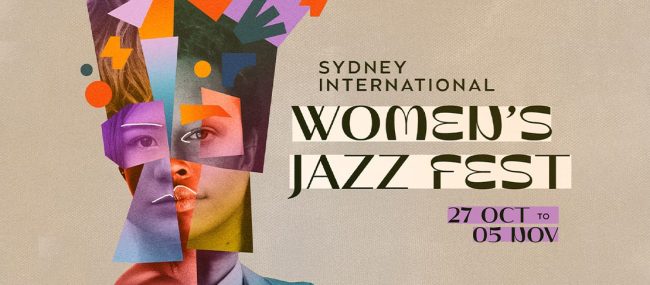Chuck Close @ the MCA: think outside the grid
When thinking of the art style of photorealism, nobody is more known or more popular than artist Chuck Close. Famous for his large scale portraits done in different media, Chuck is a pioneer in the world of photorealism. The Museum of Contemporary Art recently opened an exhibition called Chuck Close: Prints, Process and Collaboration that features the largest collection of Chuck’s work in the southern hemisphere to date in which some of his most famous work are being shown.
I approached this exhibition with excitement and curiosity. The medium of photorealism is exciting and modern and melds well with our society that is consumed with pictures of ourselves. Chuck is famous for his honest and intriguing portraits of his friends and celebrity faces. Icons such as Willem Dafoe, Brad Pitt and Kate Moss have all posed for him, so it was a thrill to get the chance to see Chuck’s interpretation of how he sees them.
The portraits, or as Chuck affectionately calls them his ‘heads’, can be described as nothing short of spectacular! I was left with a sense of fulfilment while experiencing the learning that is viewing a Chuck Close portrait.
When entering the exhibition, one of Chuck’s most popular pieces Bob (1969-70, acrylic on gessoed canvas) greets us at the door. Bob is considered to be one of his breakthrough portraits that made him famous as an artist. Leading on from Bob is a set of numbered rooms that each feature one of Chuck’s most famous works, as well as some early work and more recent creations.
This breakup of his famous paintings allows for individual admiration of his work. It also doesn’t crowd your appreciation for each piece. The rooms are kept to a bare minimum of fuss. No splashes of colour next to the artwork, no music, just white walls and spotlights on each work. I liked that lack of distraction. It supported the pieces and made it clear that they needed no fanfare to show them off.
What made his portraits so much more magical yet poignant is the knowledge that Chuck himself suffers from physical and mental problems that impede his work. The first obstacle is his prosopagnosia, also known as face blindness. This incredibly rare congitive disorder means that Chuck’s ability to recognise faces is impaired. The second is an injury that occurred in 1988 which causes him to become paralysed from the neck down. Eventually Chuck regained his ability to use his body, but it wasn’t to his full capacity. As a result, Chuck modified his studio to help him work.
It is a testament to his talent and skill that he could continue to work after the accident. That coupled with his face blindness makes his work so much more meaningful and interesting.
Examining Chuck’s work is not just an appreciation of his artistic skill, but a learning experience in which we see how he got to the final piece. Many of his pieces don’t just feature one portrait, but a series of the same face that show the viewer how the artist reached his final piece. Jane Kinsman of the NGA once commented that “Chuck’s work is minimalist but he builds with his process”.
John (1998, 126 colour silkscreen) is an example of his artistic process in motion. The first few portraits are minimal, just lines where the face outline and the grid that Close is famous for working with. As your eye reads the room, the portraits become fuller and fuller until the final piece is revealed. Each frame shows a different stage where things changed in the portrait.
Looking at the artwork evokes a sense of warmth, with his intricate brush strokes that form arcs and circles of bright colours that create the face. Each square that gather to form the face are special in the sense that it brings out the glisten of the human face.
One impressive fact about Chuck’s collection is the large number of different ways he creates his paintings. The techniques he uses can’t be put into one category. One room may feature incredible tapestries with minute details threaded very carefully into the shapes of peoples faces, whereas in another room, Chuck has created a face using dried paper pulp, creating a 3D effect with many layers. It makes the show so much more exciting.
Being that it is the largest collection of Chuck Close artworks in the southern hemisphere, we are treated to only the best of his works. Pieces such as Keith/Mezzotint (1972), Emma (2002), Lou (2012) and Zhang Huan I (2012) are here for your consideration, as well as some famous faces (see how many you can spot!).
The whole exhibition left me feeling inspired and full. Despite crippling injuries and mental barriers, Chuck Close still manages to produce an artwork that captures an essence and honesty of his subject that sometimes can be hard to find. He teaches us that we shouldn’t let obstacles get in our way and that anything is possible, and that’s a lesson everyone can value. I highly recommend this exhibition to anyone who loves modern art and wants to see portraiture done a little differently.
The MCA will be showing the Chuck Close: Prints, Process and Collaboration exhibition until the 15th of March.
Tickets: General admission adult- $19.90
Concession- $14.80
For more information, check out the MCA website here.





